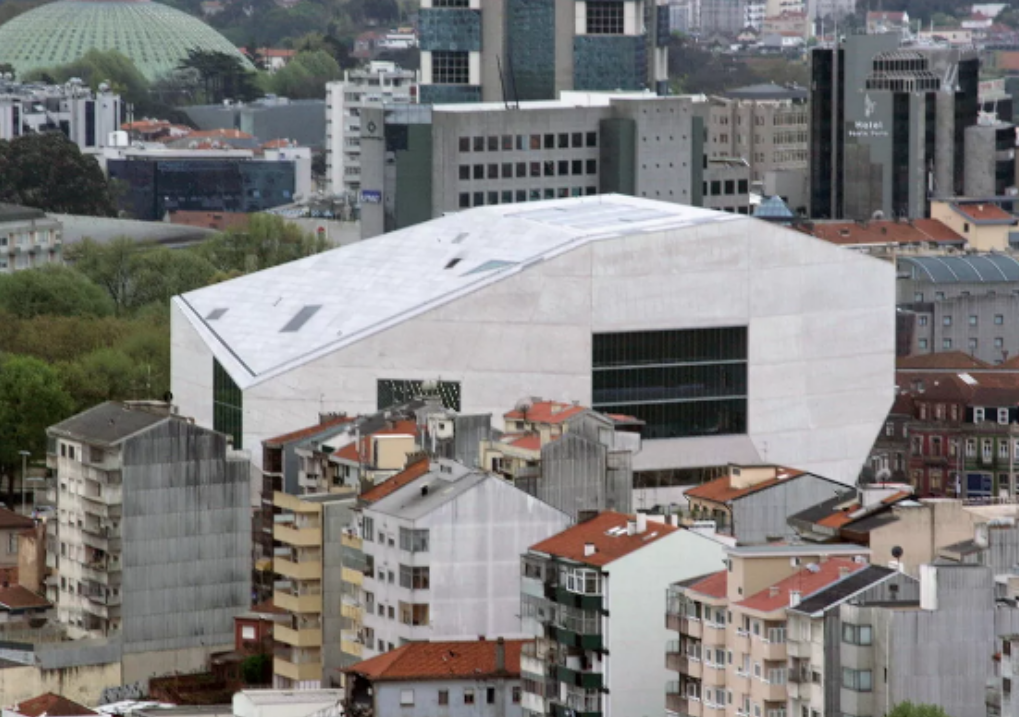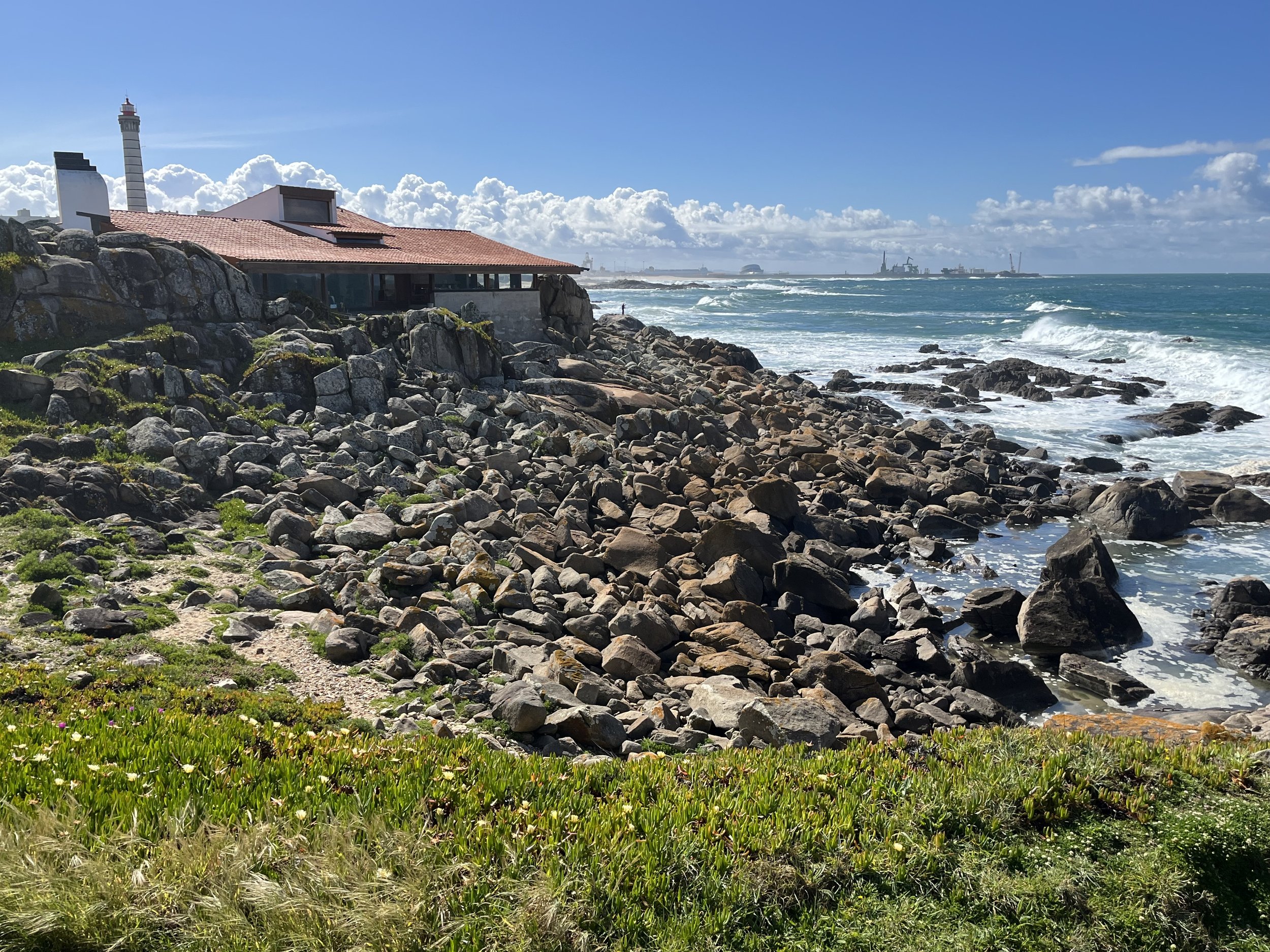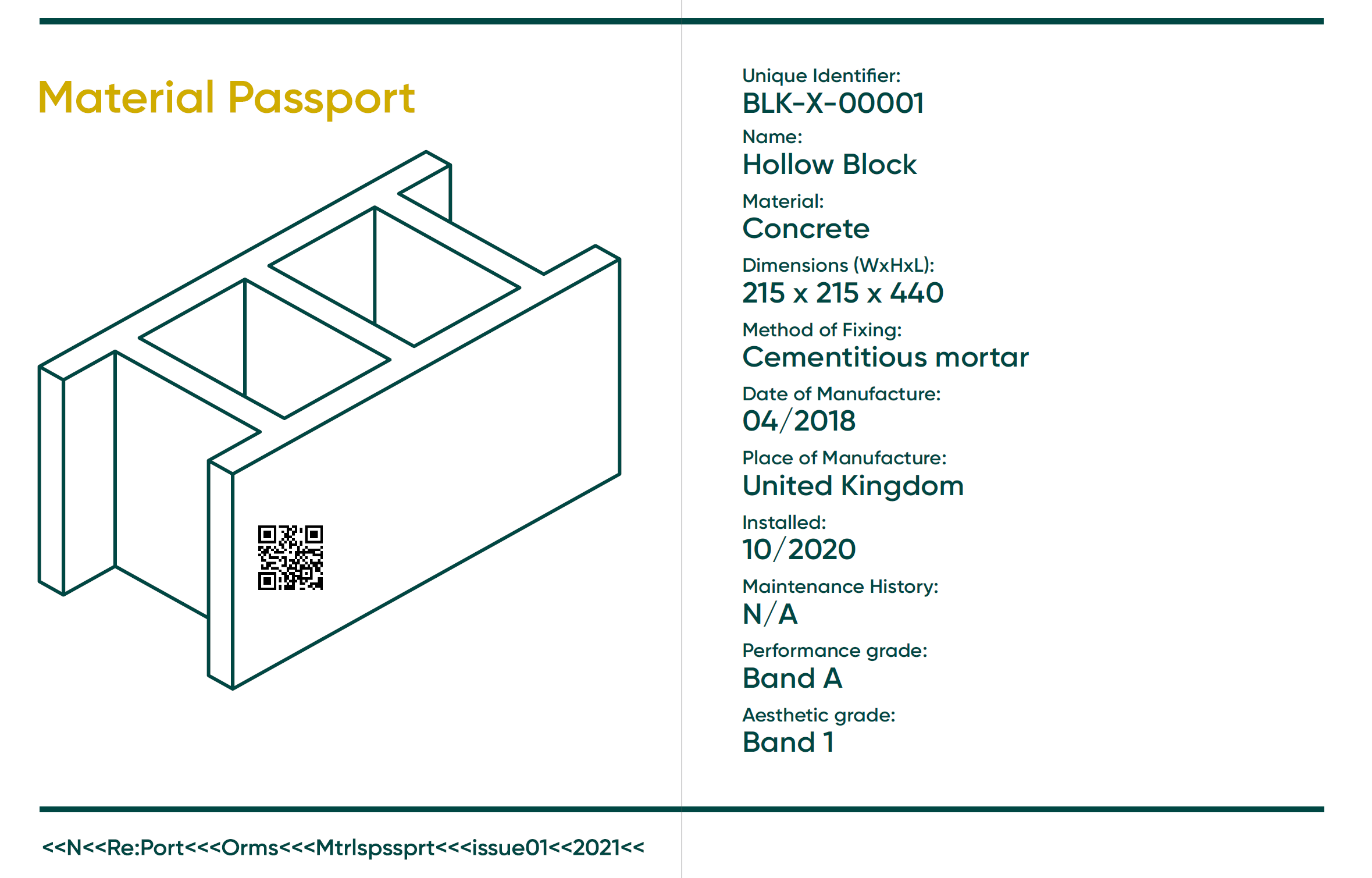Beale & Co Begins New Webinar Series
Fiona Mckay
Long-time chapter sponsor, Beale & Co, continue their very informative series of lunchtime webinars. This series began on December 2nd with an update on the new Building Safety Bill. More recently, on the 19th of May, the webinar addressed the recent sanctions against Russia.
Building Safety Bill - The Building Safety Bill, published in July 2020, proposes significant changes to the responsibilities architects must shoulder when involved in projects in the UK. The Bill was introduced as a result of the shortcomings uncovered in the Grenfell Tower enquiry, specifically the Hackitt Report. The Bill imposes a more onerous regime on high risk buildings during their design and construction, and during their occupancy. High risk buildings are those over 18 metres tall or with 7 or more storeys.
A new layer of government oversight and bureaucracy is created by the establishment of the Building Safety Regulator. This position has enforcement and prosecution powers to ensure the procedures established by the Bill are enforced. The Bill establishes the principle of Duty Holder. This nominates people that will be responsible for and manage the risks throughout the entire design, construction, and occupancy phases of a project. This includes the Principal Designer role who will be responsible for ensuring the provisions of the Bill are complied with during design.
The Bill also extends the period for claims against designers from 6 to 15 years. Although, consideration is being given to increasing this to 30 years! The responsibilities described in the Bill are quite onerous. Additional time and expertise will be required to fulfil the duties. This will have an impact on design fees and the costs associated with PI insurance.
The Bill is expected to achieve Royal Consent later this year.
Russian Sanctions, Your Questions Answered – Sanctions are increasingly being used to coerce rogue regimes into a change of behaviour and to signal disapproval. The issue is further complicated when different governments impose different sanctions on the same regime. This is the case with the recent Russian sanctions, and this can create problems for large global practices with offices in a number of different countries.
The first step is for design professionals to determine if their client is on a sanctions list. This can be harder than it sounds! The problem can be exacerbated because the architect may not know who the ultimate owner or beneficiary is of a particular project. It is important to understand this as the penalties for noncompliance can be significant, including seven year jail sentences in the UK.
Several case studies were presented and frankly, the whole issue of sanctions is a confusing mess! In some cases, a force majeure clause may literally, get you out of jail. This will depend, however, on the wording of the clause in your contract and “standard” clauses may not be sufficient.
Undertaking work in locations where sanctions are in place is not for the faint of heart. It may be entirely legal, but you need a good lawyer to confirm your contract is in compliance and adequate for the task. This seems like a real problem for those of us working overseas and caution is advised!
We are looking forward to more useful and informative lunchtime webinars from our friends at Beale & Co. They are a great way to earn a learning unit over lunch and gain knowledge that can keep you out of trouble with your projects.
Written by: Michael Lischer, FAIA






































